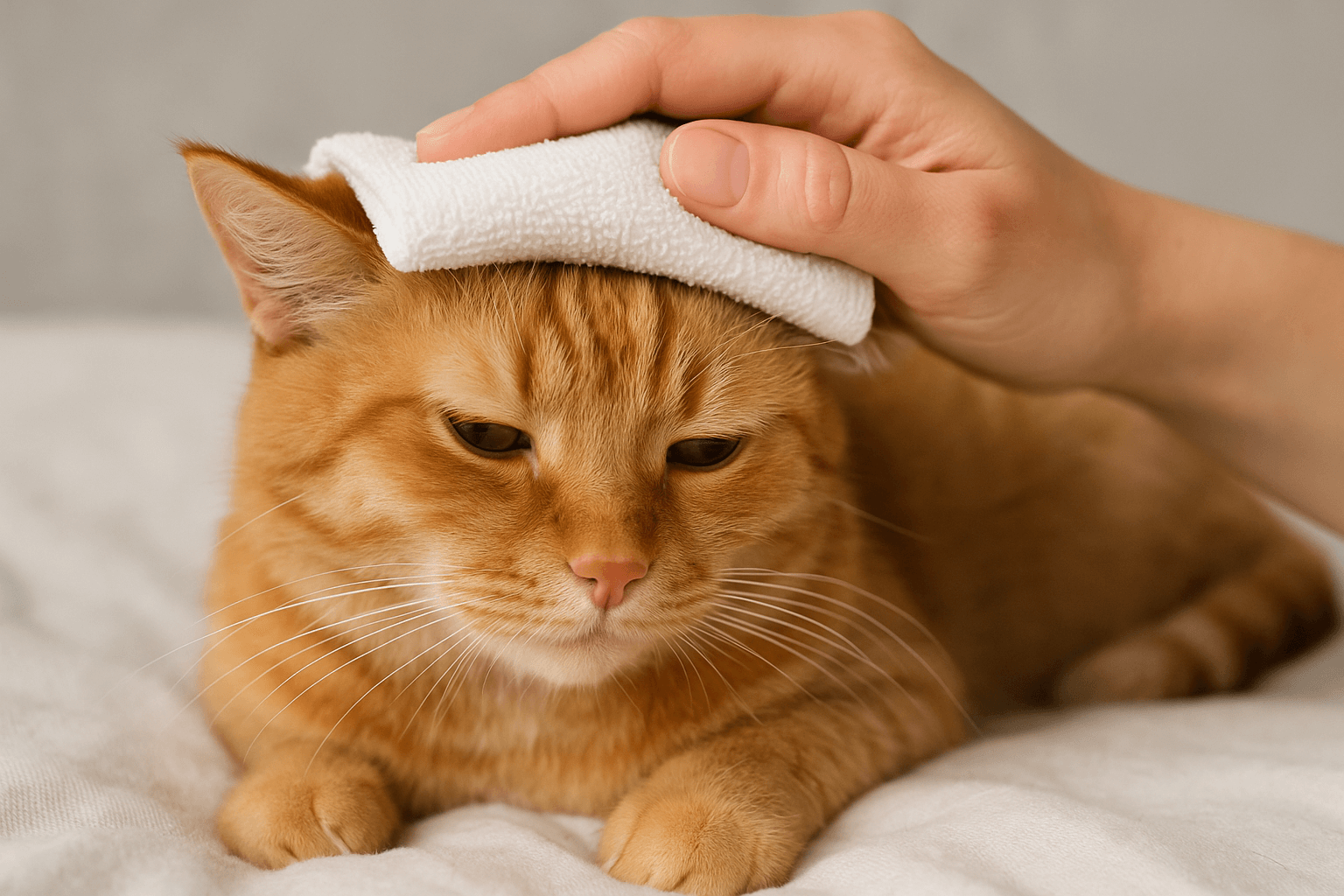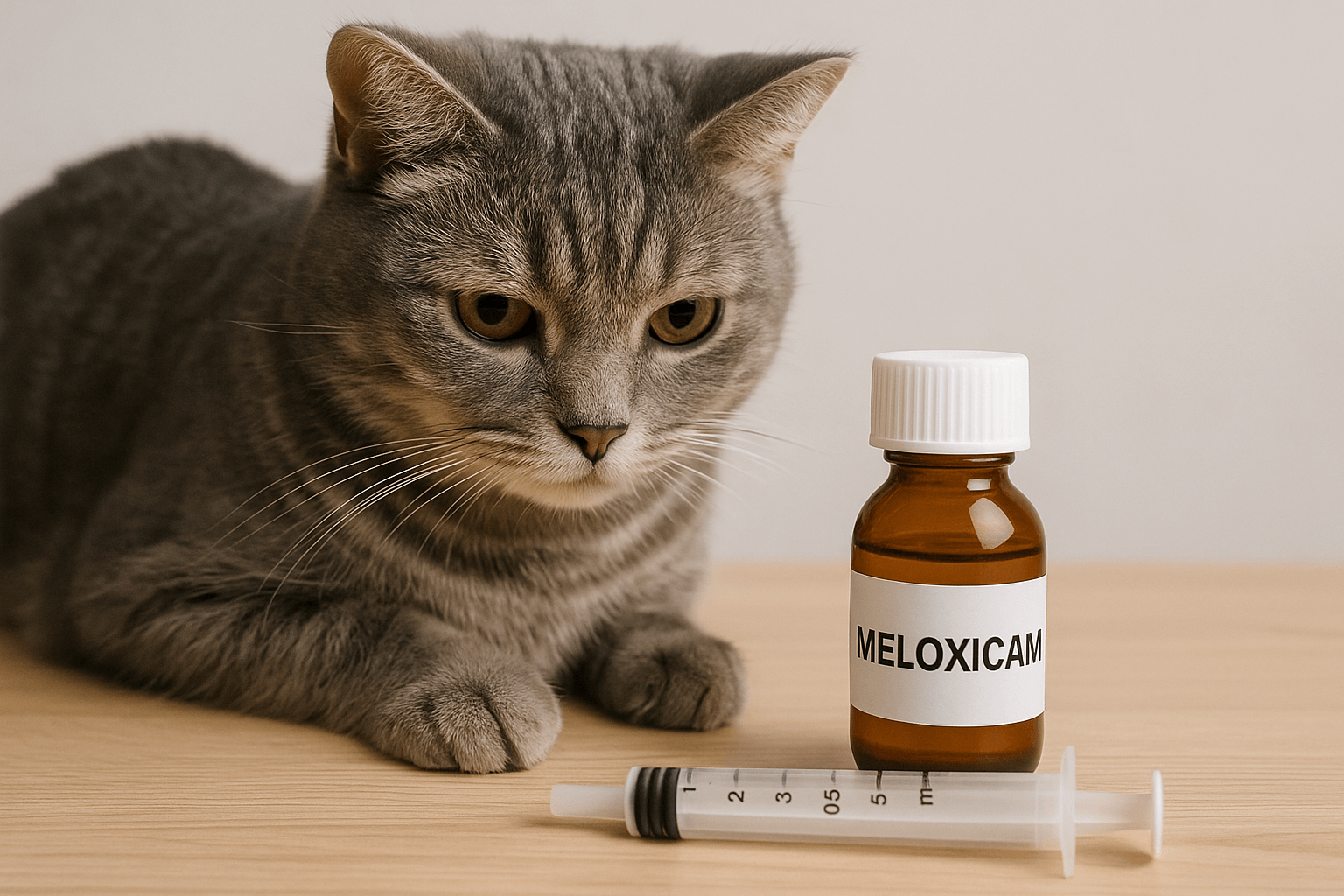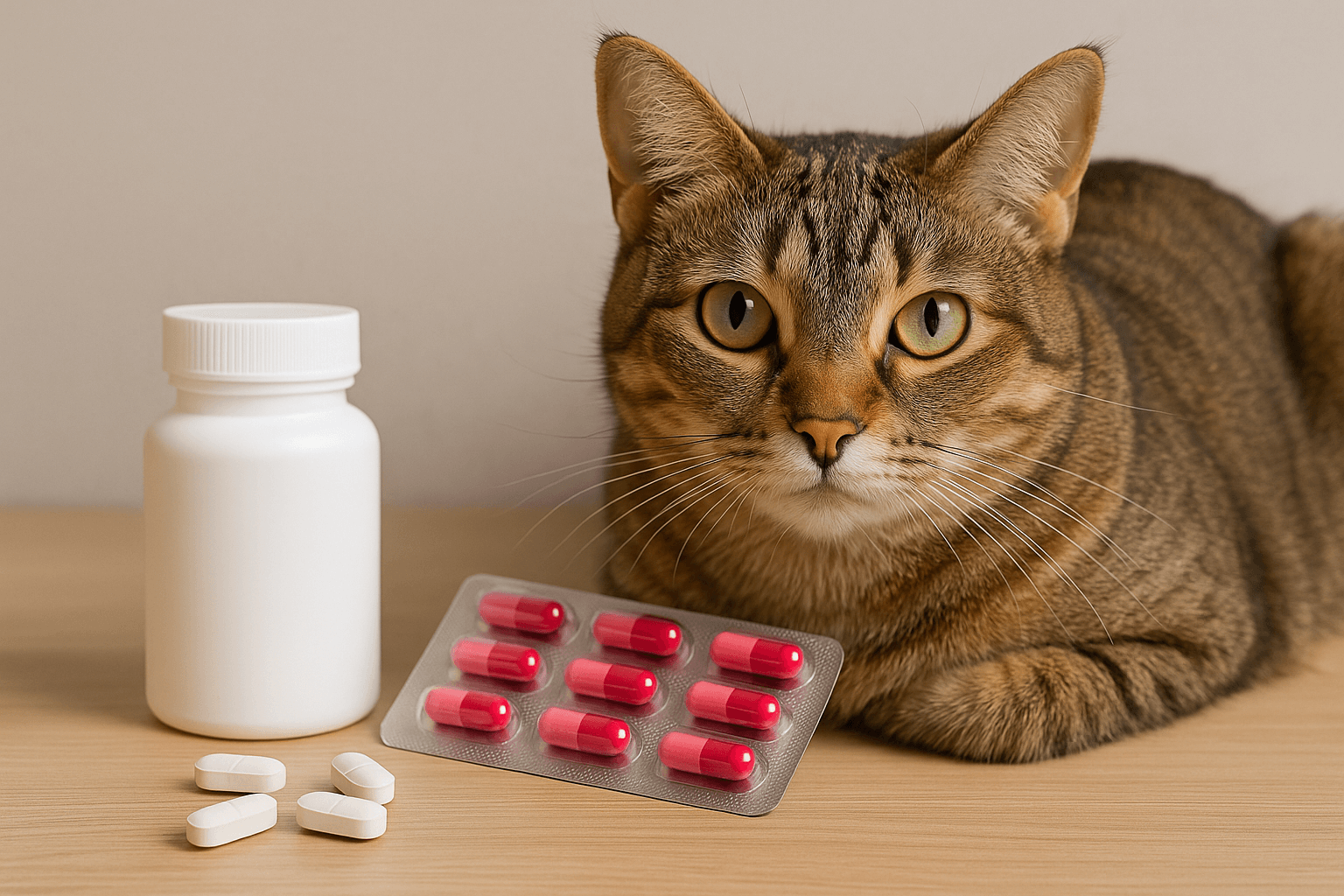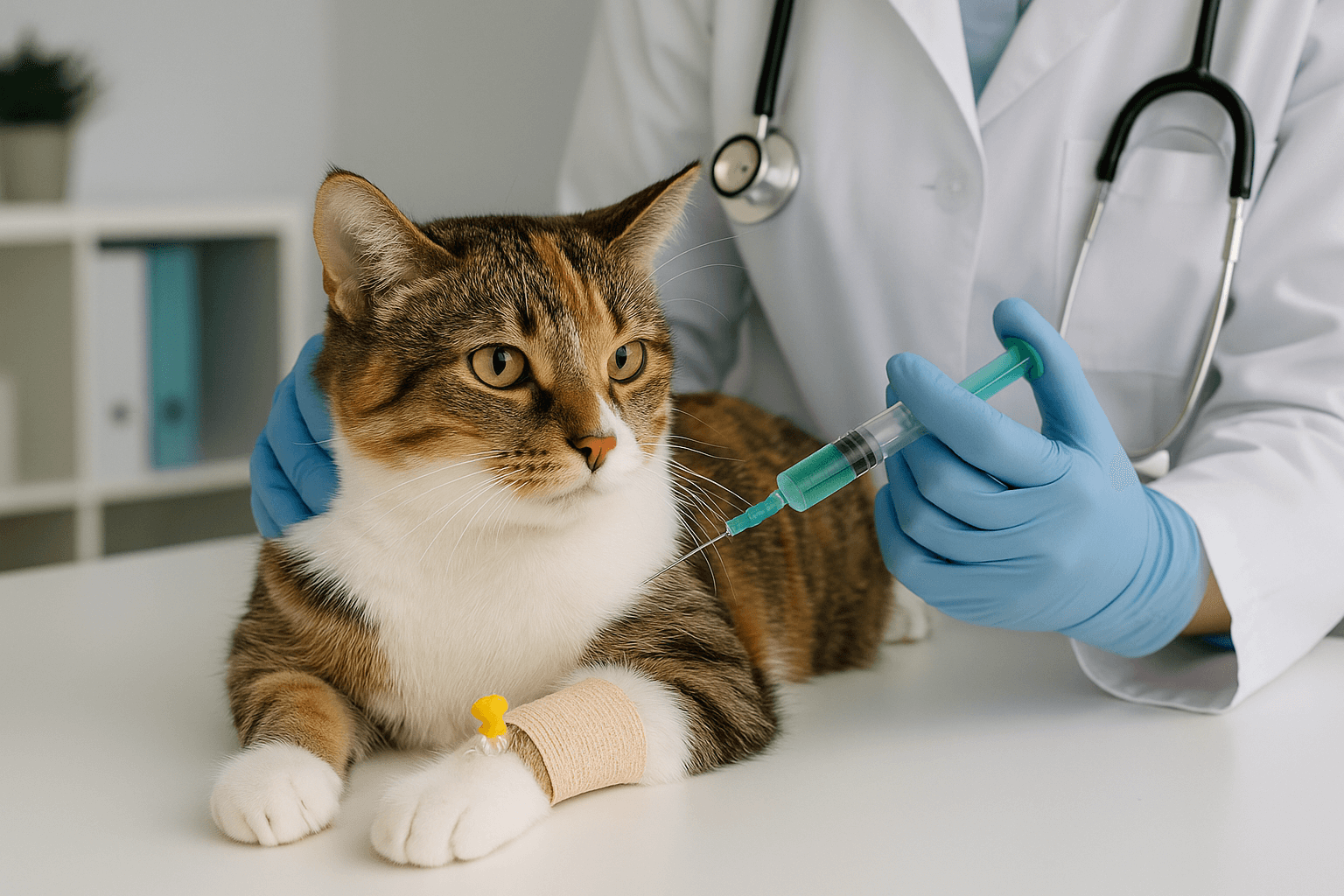Can Dogs Eat Toffee? Understanding the Risks and Alternatives
Toffee is a delicious treat for humans, but when it comes to our furry friends, many pet owners wonder if it’s safe to share this sweet indulgence. Unfortunately, toffee poses significant risks to dogs due to its high sugar content, sticky texture, and potential inclusion of harmful ingredients like chocolate or artificial sweeteners. While dogs may beg for a taste, feeding them toffee can lead to serious health issues, ranging from digestive upset to life-threatening conditions.
In this blog post, we’ll explore why toffee is dangerous for dogs, what to do if your dog accidentally eats it, and safer alternatives to satisfy their sweet cravings. By understanding these key points, you can ensure your pup stays healthy and happy while still enjoying tasty treats.
Why Toffee Is Dangerous for Dogs
Feeding toffee to your dog can have serious consequences due to its composition and potential additives. Here are some reasons why this sticky treat is best kept far away from your canine companion.
High Sugar Content:
Excessive sugar can lead to obesity, dental issues, and even diabetes in dogs over time.Sticky Texture:
The chewy consistency of toffee can get stuck in your dog’s teeth, throat, or digestive tract, causing choking hazards or blockages.Chocolate Contamination:
Many toffee recipes include chocolate, which contains theobromine—a toxic compound that dogs cannot metabolize effectively.Artificial Sweeteners:
Some toffees may contain xylitol, a sugar substitute that is highly toxic to dogs and can cause rapid insulin release and liver failure.Digestive Upset:
Even small amounts of toffee can upset your dog’s stomach, leading to vomiting, diarrhea, or pancreatitis.
These dangers highlight why toffee should never be given to dogs, regardless of how much they beg for a bite.
Signs Your Dog May Have Eaten Toffee
If your dog accidentally consumes toffee, it’s important to recognize the symptoms of toxicity or distress. Early detection can help prevent serious complications.
Vomiting and Diarrhea:
These are common signs of gastrointestinal upset caused by the high sugar and fat content in toffee.Excessive Drooling:
Sticky substances like toffee can irritate your dog’s mouth, leading to increased drooling.Lethargy or Weakness:
If chocolate or xylitol was present in the toffee, your dog may exhibit signs of poisoning, including weakness or collapse.Choking or Coughing:
The sticky texture of toffee can cause choking or irritation in the throat.Abdominal Pain:
Signs of discomfort, such as whining or reluctance to move, may indicate a blockage or pancreatitis.
If you notice any of these symptoms, contact your veterinarian immediately for guidance.
Check this guide 👉Can Dogs Eat Horse Treats? Best 7 Expert Tips!
Check this guide 👉Can Dogs Eat Naan Bread? Best 7 Expert Tips!
Check this guide 👉Can Dogs Eat Hydrangeas? Best 7 Expert Tips!
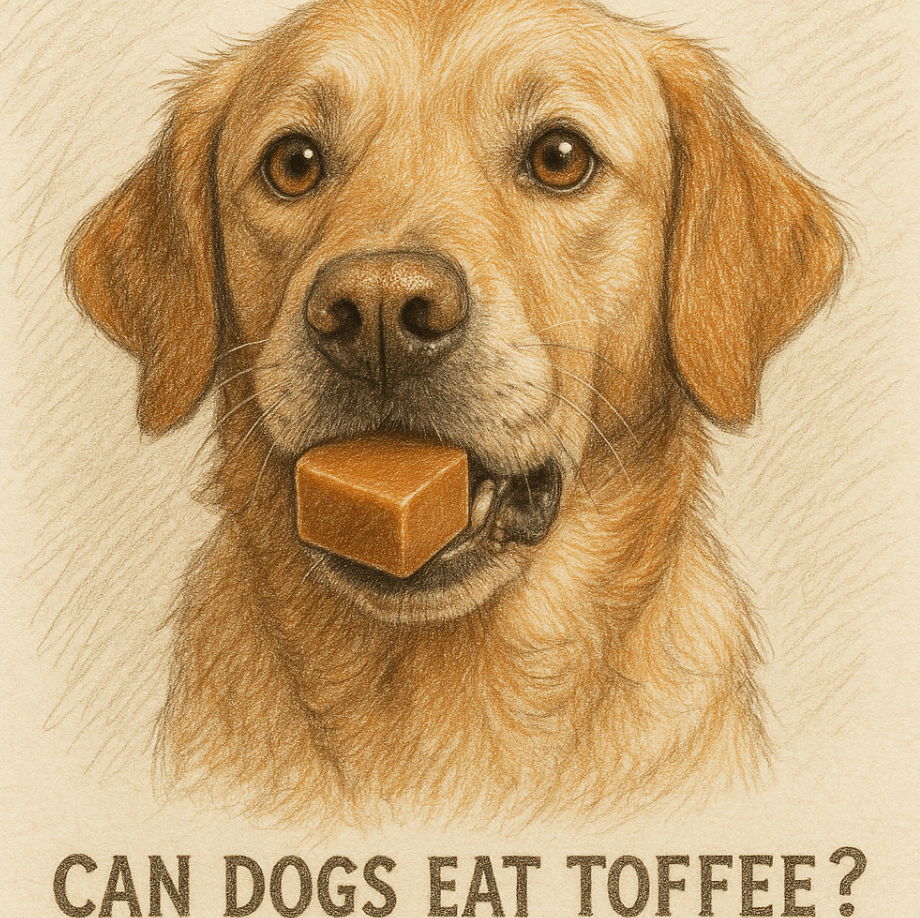
Risks of Feeding Toffee to Dogs | Safer Treat Alternatives for Dogs |
|---|---|
High sugar content leads to obesity | Carrot sticks (plain and unsalted) |
Sticky texture causes choking hazards | Apple slices (without seeds) |
Chocolate toxicity risk | Plain cooked chicken (unseasoned) |
Xylitol poisoning danger | Peanut butter (xylitol-free) |
Digestive upset and pancreatitis | Blueberries (rich in antioxidants) |
What to Do If Your Dog Eats Toffee
Accidents happen, and if your dog manages to sneak a piece of toffee, quick action is essential to minimize potential harm. Follow these steps to address the situation effectively.
Assess the Situation:
Determine how much toffee your dog ate and check for any visible symptoms of distress.Contact Your Veterinarian:
Call your vet immediately for advice, especially if the toffee contained chocolate or xylitol.Do Not Induce Vomiting Without Guidance:
Attempting to make your dog vomit at home can be dangerous without professional instructions.Monitor Your Dog Closely:
Keep an eye on your dog for signs of illness, such as vomiting, lethargy, or difficulty breathing.Prevent Future Access:
Store all sweets securely out of reach and educate family members about foods unsafe for dogs.
Taking these steps ensures your dog receives proper care and reduces the risk of complications.
Tips for Preventing Your Dog from Eating Harmful Foods
Prevention is key to keeping your dog safe from toxic foods like toffee. These tips will help you create a pet-safe environment in your home.
Store Sweets Securely:
Keep candies, chocolates, and baked goods in sealed containers or high shelves where your dog can’t reach them.Teach the “Leave It” Command:
Training your dog to ignore dropped food or items on the ground can prevent accidental ingestion.Supervise During Social Gatherings:
Parties often involve treats left unattended; keep an eye on your dog during events to avoid mishaps.Educate Family and Friends:
Make sure everyone in your household knows which foods are unsafe for dogs to share.Provide Safe Alternatives:
Offer dog-friendly snacks to redirect their attention and satisfy their cravings without risking their health.
By implementing these strategies, you can protect your dog from harmful foods and foster a safer living environment.
Common Mistakes Pet Owners Make with Human Food
Many pet owners unintentionally put their dogs at risk by sharing human foods without realizing the potential dangers. Avoid these common mistakes to keep your dog safe.
Assuming All “Natural” Foods Are Safe:
Just because something is natural doesn’t mean it’s safe—for example, grapes and raisins are highly toxic to dogs.Ignoring Portion Sizes:
Even safe foods can cause problems if given in excessive amounts, leading to obesity or digestive issues.Leaving Food Unattended:
Leaving plates, bags, or wrappers within reach invites curious dogs to investigate and potentially ingest harmful items.Not Reading Ingredient Labels:
Harmful additives like xylitol or artificial flavors can hide in seemingly harmless products.Rewarding Begging Behavior:
Giving in to begging reinforces the behavior and increases the likelihood of your dog trying to steal food.
Avoiding these pitfalls ensures a safer and healthier lifestyle for your dog.
Healthier Homemade Treat Recipes for Dogs
If you’re looking for ways to spoil your dog safely, try making homemade treats using dog-friendly ingredients. These recipes are easy to prepare and loved by most pups.
Peanut Butter Biscuits:
Mix whole wheat flour, eggs, and xylitol-free peanut butter, then bake until golden brown.Frozen Yogurt Bites:
Blend plain yogurt with mashed bananas and freeze in small portions for a refreshing snack.Pumpkin Oat Cookies:
Combine canned pumpkin, oats, and a bit of honey, then bake into soft cookies perfect for training rewards.Chicken Jerky Strips:
Slice boneless chicken breasts thinly, dehydrate them in the oven, and store in an airtight container.Sweet Potato Chews:
Slice sweet potatoes into strips, bake until crispy, and offer as a chewy alternative to rawhide.
These homemade treats provide a nutritious and satisfying option for your dog.
Understanding Your Dog’s Dietary Needs
Every dog has unique nutritional requirements based on factors like age, size, and activity level. Understanding these needs helps you make informed decisions about their diet.
Puppies Need High-Calorie Diets:
Growing puppies require more calories and nutrients to support their development.Senior Dogs Benefit from Low-Fat Options:
Older dogs are prone to weight gain and joint issues, so lean proteins and low-fat diets are ideal.Active Dogs Require Protein-Rich Foods:
Working or athletic dogs need higher protein levels to fuel their energy demands.Small Breeds Thrive on Smaller Kibble:
Tiny breeds benefit from smaller-sized kibble designed for their delicate jaws and teeth.Allergies May Require Special Diets:
Dogs with food sensitivities may need grain-free or limited-ingredient diets to avoid flare-ups.
Tailoring your dog’s diet to their specific needs ensures optimal health and vitality throughout their life.
Frequently Asked Questions About Dogs and Toffee
Is a small piece of toffee okay for my dog?
No, even a small amount can upset your dog’s stomach or pose choking hazards due to its sticky texture.
What should I do if my dog eats chocolate toffee?
Contact your vet immediately, as chocolate contains theobromine, which is toxic to dogs.
Can xylitol in toffee harm my dog?
Yes, xylitol can cause severe hypoglycemia and liver failure in dogs, requiring urgent medical attention.
Are there any dog-safe sweets?
Yes, plain fruits like apples (seedless), blueberries, and bananas make great dog-safe treats.
How can I stop my dog from begging for human food?
Train your dog to focus on their own meals and reward them with praise or toys instead of sharing unsafe foods.
Prioritizing Your Dog’s Health and Happiness
While toffee might be a delightful treat for humans, it’s simply not worth the risk when it comes to our four-legged friends. Understanding the dangers associated with toffee—and knowing how to respond if your dog accidentally ingests it—can save you from unnecessary worry and potentially costly vet bills. By providing safe, dog-friendly alternatives and taking preventive measures, you can ensure your pup enjoys a happy, healthy life free from harmful foods. Remember, your dog relies on you to make the best dietary choices for them, so always prioritize their well-being above all else.
Cat Fever Treatment: Best 7 Expert Tips! Discover expert advice on identifying, managing, and treating fever in cats to ensure their quick recovery and well-being.
Understanding Meloxicam for Cats: Best 7 Expert Tips! Learn how to safely administer meloxicam, manage side effects, and ensure your cat's comfort with expert advice on feline pain relief.
Amoxicillin for Cat UTI: Best 7 Expert Tips! Discover safe usage, dosage guidelines, and expert advice on treating feline urinary tract infections effectively with amoxicillin.
Understanding Cat Cancer Treatment: Best 7 Expert Tips! Discover expert advice on managing feline cancer, from early detection to treatment options, ensuring your cat’s health and comfort.

